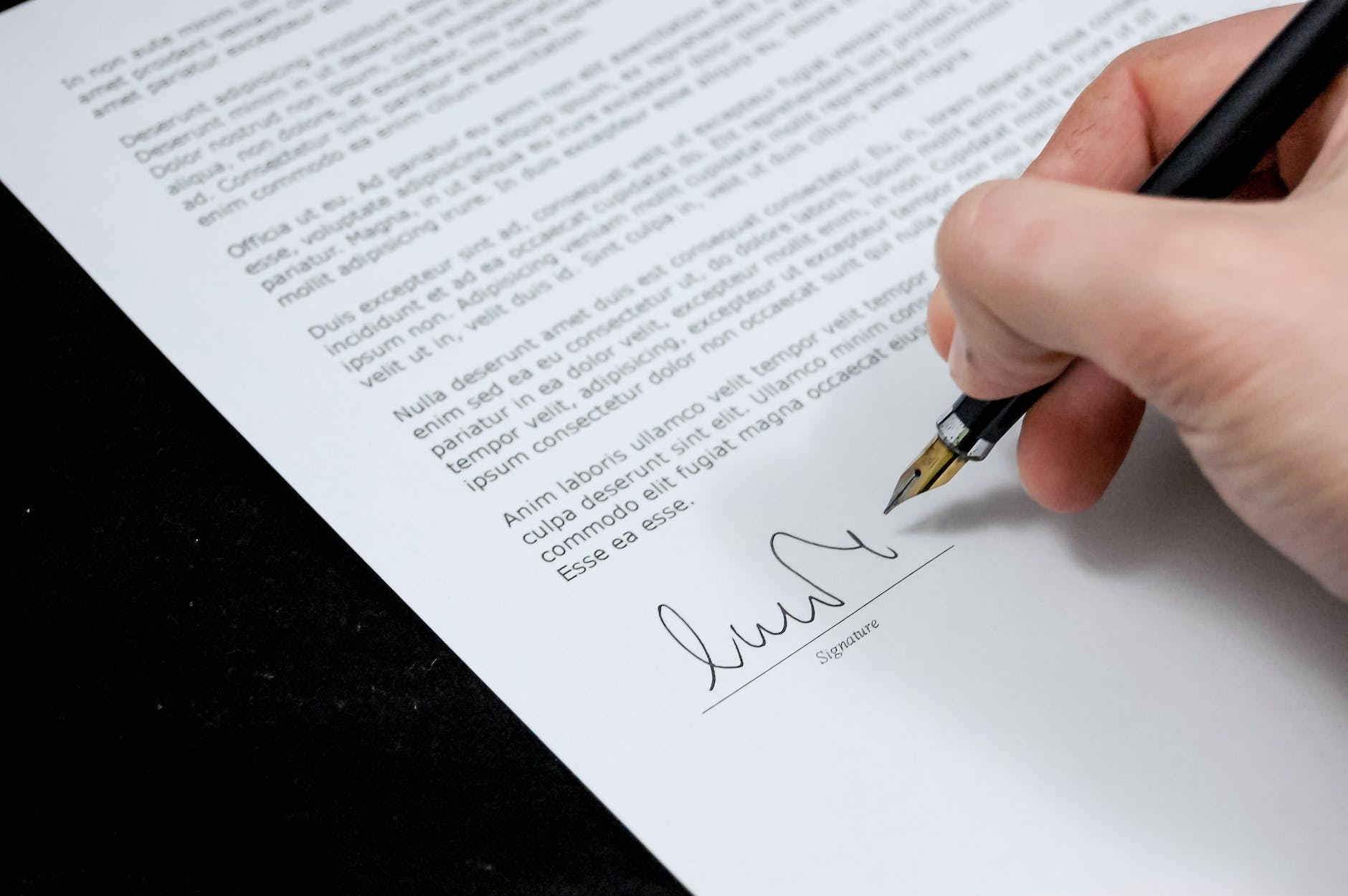
COVER LETTER | RESUME/CV/BIODATA | OFFER LETTER | DOWNLOAD FORMAT
Introduction
Writing job application documents can be crucial for landing your dream job. Among these, cover letters, resumes/CVs, and offer letters play pivotal roles in the job-seeking process.
Importance of Cover Letters
A cover letter acts as your first impression, showcasing your personality, qualifications, and enthusiasm for the job. It complements your resume/CV by providing context to your skills and experience.
Components of a Cover Letter
Crafting an impactful cover letter involves several components: an engaging introduction, highlighting relevant skills, aligning with the job description, and a compelling conclusion.
Writing a Cover Letter
Addressing the Employer
Personalizing your cover letter by addressing the hiring manager directly increases its effectiveness. Researching the company’s culture and values can aid in tailoring your letter.
Structuring the Cover Letter
A well-structured cover letter includes an opening, body paragraphs emphasizing skills and experiences, and a closing that invites further discussion or action.
Showcasing Skills and Fit
Highlighting how your skills align with the job requirements is crucial. Use specific examples to demonstrate your abilities and emphasize your fit within the company.
Resume/CV/Biodata
Understanding the nuances between a CV, resume, and biodata is essential. Each document serves distinct purposes and may vary in content based on industry norms.
Differences between CV and Resume
While a CV delves deeper into one’s academic and professional history, a resume is concise, focusing on relevant experiences and skills tailored to a specific job.
Content and Structure Tips
Structuring these documents effectively involves using action-oriented language, quantifying achievements, and tailoring content to the job description.
Offer Letter
Receiving an offer letter is an exciting moment, signaling a job opportunity. Understanding its terms, benefits, and negotiating wisely are crucial steps.
Understanding the Offer
Carefully reviewing the terms, salary, benefits, and job responsibilities mentioned in the offer letter ensures clarity before acceptance.
Negotiating the Offer
Negotiating aspects like salary, benefits, and additional perks can be pivotal. It’s essential to research industry standards and present a well-reasoned negotiation.
Difference between Cover Letter, Resume/Biodata/CV and Offer Letter- Resume/CV/Biodata:
- Resume: This is a concise document summarizing your work experience, education, skills, and achievements. It’s usually limited to 1-2 pages and tailored for specific job applications.
- CV (Curriculum Vitae): Typically used in academic and research fields, a CV is more detailed and comprehensive than a resume. It includes a comprehensive list of academic achievements, research, publications, presentations, and more.
- Biodata: Often used in some regions, a biodata typically includes personal information such as age, gender, religion, family details, educational background, and sometimes a photograph. It’s common in certain countries like India.
- Cover Letter:
- A cover letter is a personalized letter accompanying your resume/CV when applying for a job. It highlights why you’re a suitable candidate for the position, emphasizing skills, experiences, and qualifications relevant to the job. It’s a chance to showcase your personality and enthusiasm for the role.
- Offer Letter:
- An offer letter is a formal document provided by an employer to a candidate who has been selected for a job. It outlines the terms and conditions of employment, including job title, salary, start date, benefits, and any other relevant details. It’s a formal offer extended to the candidate.
In summary, the resume/CV/biodata details your qualifications and experience, the cover letter complements your application, and the offer letter is the formal document extending employment terms once you've been selected for a position.Best Cover Letter for Job Application | Download Cover Letter
HSE Key Performance Indicators and its types with example | Download PPT
SAFETY OFFICER SAFETY QUIZ | Download PPT
How to Calculate Risk Rating | Risk Matrix | Risk Level | Download PPT
Conclusion
In summary, crafting impactful cover letters, well-structured resumes/CVs, and navigating offer letters are integral steps in the job application process. Each document requires attention to detail and tailoring to showcase your unique qualifications.
FAQs
Common Cover Letter Queries
- How long should a cover letter be?
- Should I customize my cover letter for each application?
Resume/CV Concerns
- What are the essential sections in a resume/CV?
- How far back should I go with my job experiences?
Offer Letter Negotiation
- When is the best time to negotiate an offer?
- What should I consider while negotiating?
Crafting Effective Letters
- How do I make my cover letter stand out?
- What are some common mistakes to avoid in resumes/CVs?
























